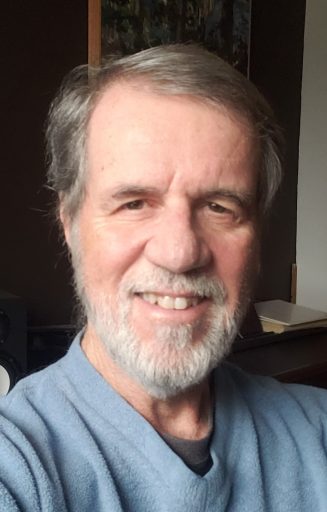
I’m EricR. I’ve been studying martial and health arts for most of my adult life. I began practicing meditation and mind-body practices at the age of 18 and studied a variety of systems and teachings. I was very curious about the methods coming from India, Tibet, and China while constantly filtering these teachings through my Western rational upbringing. It was a constant process of questioning, experimenting and learning. These included a variety of yoga and meditation practices. In 1989 I came to the martial arts.
Starting in Martial Arts
I was 33 years old at the time which is older than many who begin down the martial arts road. My experience and experiments with mindbody methods, especially meditation, contributed to my interest in practical application of the methods I was learning. One evening, I received a call from my brother, explaining that he had been mugged at gunpoint. He was not injured and only lost his money. But I was struck by the reality of the event and the fact that I would have no idea what to do in that situation. In addtion, this had happened to a family member so the fact that this can happen to anyone was driven home. Within days, I was searching for a martial arts school, and settled on a local karate dojo as it included some meditation practice (Zen) which was my focus at that time.
Discovering Baguazhang
Part of my karate study involved a form of Baguazhang, which was said to form part of the overall system. Some of the karate stances and circular movements were coming from the older Chinese art called Pa Kua. I learned that “Pa Kua” was also spelled “Ba Gua” and was the shortened version of the full name, “Baguazhang”. Of particular interest were the occasional comments the sensei would make about Bagua. First was the remark “Bagua fighters are the deadliest martial artists.” This was obviously intriguing, although there was no elaboration. So, exactly what made Bagua fighters deadly was not revealed. However, it was another comment that grabbed my attention. “Bagua fighters are the longest living martial artists.” The reason given was the health benefits of the way Bagua artists move. It was related to the subtle way the immune system is stimulated during Bagua practice and the peaceful mind that was a result of the same practice. The latter resulted in reduced stress levels. So, combined with improved muscle tone, this was thought to be why Bagua people lived longer and healthier lives. But it was never revealed exactly what the practice entailed since the school was a karate school. So, having heard these claims of increased health and skill, I found myself with the obvious question, “If Bagua is all that sensei is saying, what am I learning karate?” And thus, after only 2 years in karate, I left to find a school teaching Baguazhang.
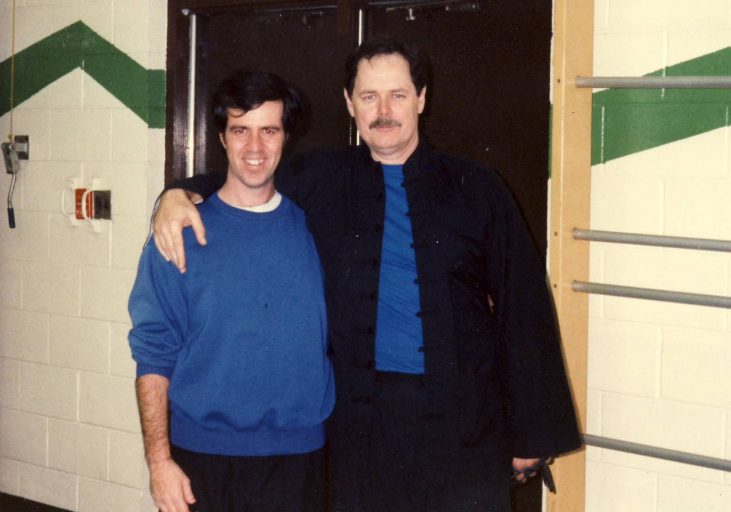
Learning Internal Arts
In 1991, I began learning more about what I now understood to be the “Internal” schools of martial arts. The main ones that interested me were Baguazhang, Taijiquan, and Qigong. Among the teachers I was fortunate to encounter was Dr. John Painter. This was in 1993 and Shifu Painter came to Toronto to present a workshop in Heaven Palm, the first palm energy in Jiulong Baguazhang. I was instantly aware that this man had information about Bagua that few, if anyone, had. Not only that, Dr. Painter had been a professional bodyguard using the methods he was teaching. This was a man with real-world experience with a deep knowledge of Baguazhang. Remember, this was the art that was said to create “the longest living martial artists”. I was now in my 40s, and this healthy longevity held great appeal.
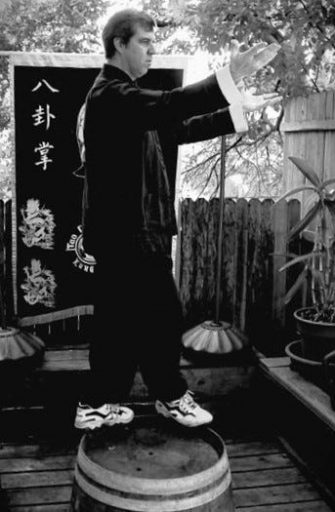
Joining Nine Dragon (Jiulong) Baguazhang
Over the next several years, I continued my internal arts studies. These were fruitful years, but the nagging sense that Shifu Painter had something no one else had was my inner companion. Finally, in 1996, I attended his first “Gathering of the Bagua Circle” at the Tai Chi Farm in upstate New York. This week-long immersion in Nine Dragon Baguazhang was the tipping point in my decision to train this art exclusively.
I already had some rudimentary understanding of Baguazhang movements such as Circle Walking. The lessons already learned allowed me to enter the Jiulong world a bit faster than would have been the case had I been a beginner. I started a study group with some friends so they could practice Jiulong together, and this formed the nucleus of what eventually became the Toronto Baguazhang school. I managed and taught in this school for the next 20 years, with many trips to see Dr. Painter over that time. Many of the stories in this blog come from those experiences.
Retirement
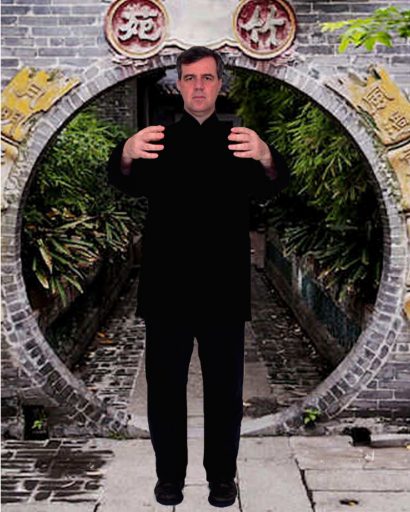
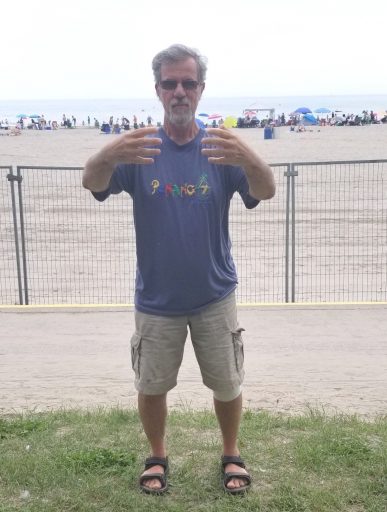
I am now retired and entering my 7th decade of life. It is a time to look back, reflect, and reminisce. It is also a time to share stories and lessons from that rich experience, along with some of the ways I apply the knowledge in my senior years.
My gratitude for the knowledge and friendship of the many people I met over the years is immeasurable.
I hope the stories in this blog do justice to them all.